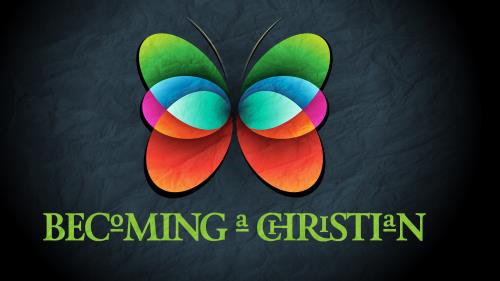-
Wedding Ceremony & The Lords Return
Contributed by Maximiliano Zapata on Nov 28, 2017 (message contributor)
Summary: The Lords Return is painted for us in the beautiful picture of ancient Hebrew Wedding Custom
It seems that during this time of year more couples choose to get married than at any other.
And with all the wedding ceremonies going on You know there are many different kinds of wedding ceremonies as there are the number of different kinds of people who get married.
For instance, in Baltic religious ceremonies,,,
The bridegroom is escorted to the home of his future parents-in-law’s. They receive him as an honored guest. There are offerings of roasted grain that are thrown into a ceremonial fire.
The bridegroom then takes hold of the brides hand and walks around the fire exactly seven times, symbolizing complete Unity. Then, they are both are escorted by each of their parents to their new home.
In Asian countries
In their ceremonies the young man sends an intermediary to gain the approval of a girls guardian. (father-Uncle-Brother.)
When all the negotiations had been settled by the intermediary and the young girls family, such as the type and quantity of Gifts and the price of the bride, there would be a formal announcement of the wedding.
After the ceremony the couple lives with the Brides family and in some cases that continues for years.
A married couple is not socially expected to become economically or even residentially independent.
Marriage takes place at a very young age for Girls it is usually at 15 and for young men at 17.
Unwed young girls are always with a chaperone, Out-of-Wedlock-Births and Abortion are looked upon publicly as a Sin.
Now in this country, in this culture, one’s mate is not chosen by the parents, as in some other countries, but parental approval to marry is required.
In the Iranian Culture
Most women are given in marriage between at the age of 13-15.
While many men wait until they are between 24-27 to marry.
Women are expected to be Chaste / Virgins on their wedding day, though this is not expected of men.
In their wedding ceremonies, negotiations about the brides price, the type and quantity of gifts, are carried out by the parents of the bridegroom.
Marriage contracts must be are agreed upon by both parents before a ceremony can take place.
Included in every marriage contract are specific stipulations that will grant the right of divorce to the husband, but not the wife.
Some of those stipulations may include: the wives inability to bear children or being disobedient to her husband or for laziness, by the way, exactly who or what a lazy wife is - is determined by her husband.
All these stipulations must be agreed upon by both sets of parents
- not the couple - before a ceremony can take place
Once all negotiations are settled and the ceremony has taken place, the young bride is escorted to the home of the Husbands parents, where she will remain until her husband comes to receive her.
And it is entirely up to the husband to decide the length of stay she will live at his parents house and until he returns, this newly wed wife is a servant in the house of his parents.
This helps explain the fact that Iranian law permits a man to have more than one wife at a time but no more than four.
And he may divorce any of his wives at any time, if she violates any of the stipulations of the marriage contract.
A muslim man may marry a non-muslim women but a muslim woman may not marry a non-muslim man.
As there are many different types of wedding ceremonies, so there are many different types of objects used in wedding ceremonies to symbolize the uniting of two individuals.
Objects such as:
Jars - Coins - Property - Water - Rings - Veils - Crowns - Robes, Ropes, Bread, Wine.
Of all the different types of wedding ceremonies and all the different types of objects used in those ceremonies.
There is one type of a wedding which all those who are in the body of Christ have participated in whether you have Husband/wife or not.
And this wedding ceremony also has some very significant objects used to symbolize the uniting of two people into one.
This wedding ceremony is steeped in ancient Hebrew tradition. And it was very much in practice when Jesus Christ walked upon the face of this earth.
The custom was as follows
A young man would ask a representative of his family, usually an authority figure, to call upon the family of the maiden of his hearts desire.
Through this intermediary approach the boys family would negotiate with the girls family on the bride price and the gifts to be exchanged between families.
Now, after the Negotiations were settled, the families would make a public announcement of their agreements to allow their children to marry each other.

 Sermon Central
Sermon Central



